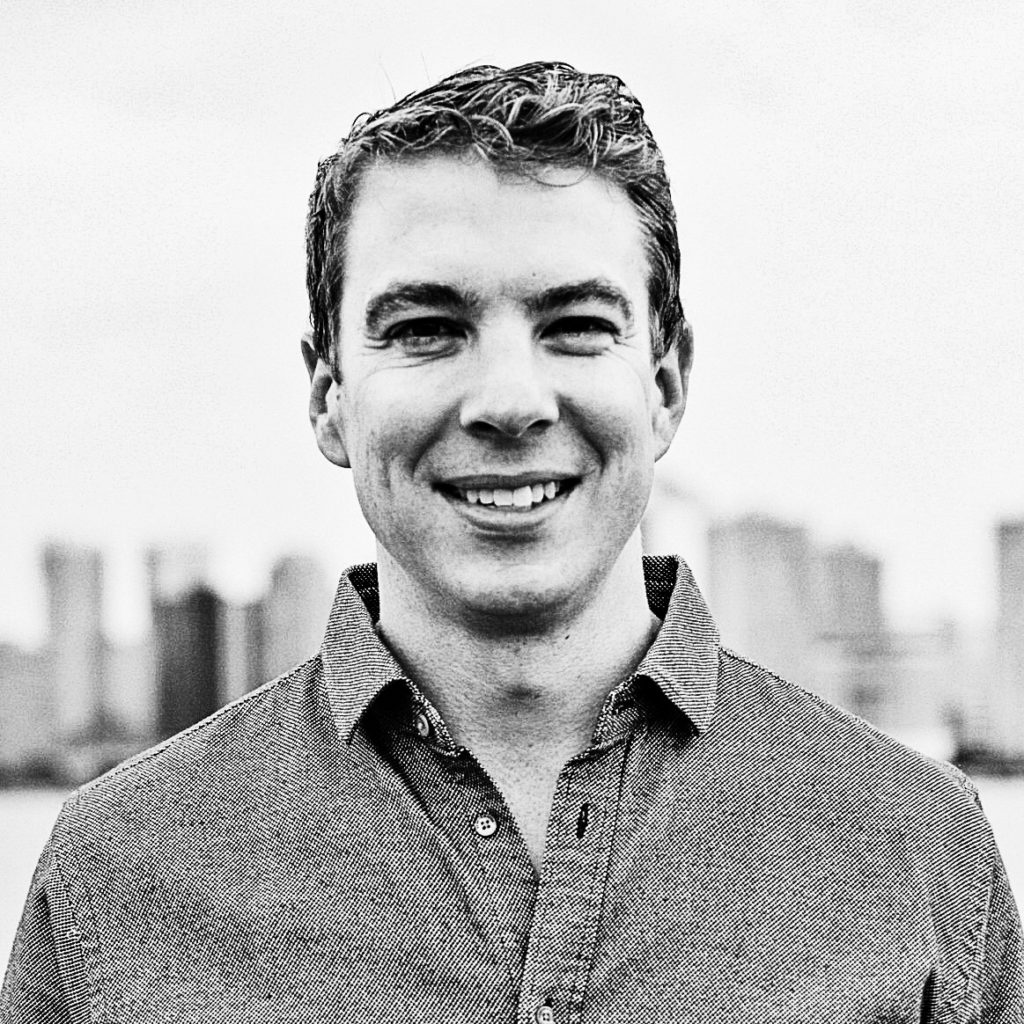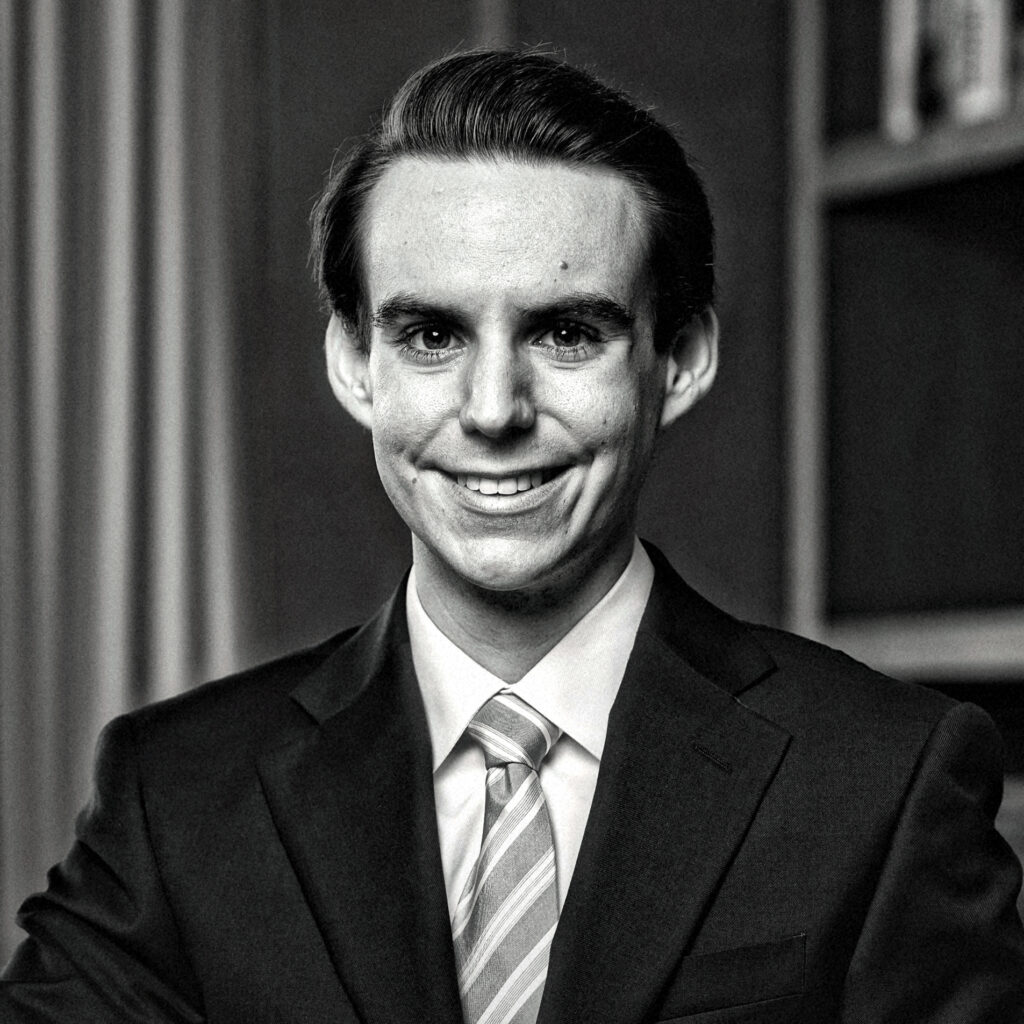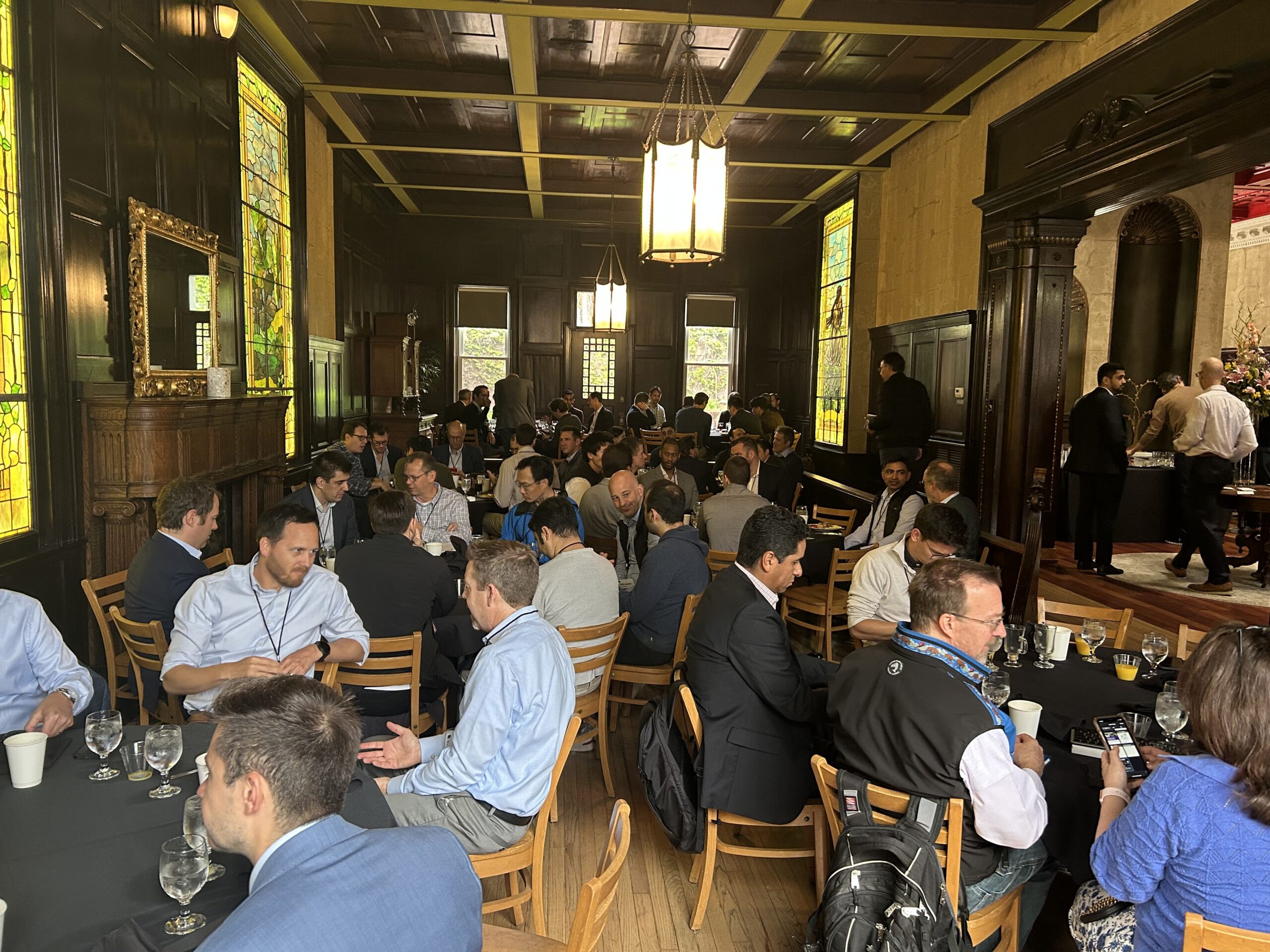This article is authored by Ideaweek and Zurich Project participant Benjamin Grenier, Principal of Philippe Ventures, based in Hong Kong.
From AT&T and McDonald’s in their heydays to the FAANGs today, superstocks have always captured headlines and investors’ imagination. What is often misunderstood, however, is the extent to which such exceptional companies have driven equity market returns over the long term.
A study by Bessembinder [1] has shown that between 1926 and 2016, around $35 trillion of wealth was created by 25’300 stocks listed in the US. Yet a tiny group of 90 stocks (just 0.3% of the total) collectively generated over half of the stock market’s net gains over the 90-year period. Digging deeper, just five firms (namely Exxon Mobil, Apple, Microsoft, GE and IBM) accounted for as much as 10% of the total wealth creation, each generating over half a trillion dollars in shareholder wealth.
Fat tails and Pareto-like distributions can be observed everywhere in life, and individual stock returns are no exception. In other words, the average return of the stock market (the mean, a widely followed number), and the return of the average stock in the market (the median, typically unreported) are nothing alike. Another study [2] analysed the most liquid 14,455 stocks between 1989 and 2015 in the US, and confirmed the non-normal market return distribution, with just 20% of the stocks having collectively generated all stock market net gains…and the bottom 80% stocks generating an underwhelming 0% return altogether.
A handful of superstocks have often been enough to make the fortune and reputation of legendary stock pickers. Ben Graham himself indirectly acknowledged in the Intelligent Investor that his partnership’s stellar track record was essentially built on a single stock pick. Putting around 20% of the firm’s AUM into Geico, and holding onto it as it went on to a several hundred-fold gain, Graham essentially broke all his diversification and valuation rules to buy and ride the winner [3]. Reflecting on the situation with his trademark humility, Graham wrote,
“Ironically enough, the aggregate of profits accruing from this single investment decision far exceeded the sum of all the others realized through 20 years of wide-ranging operations in the partners’ specialized fields, involving much investigation, endless pondering, and countless individual decisions. Are there morals to this story of value to the intelligent investor? …[One] is that one lucky break, or one supremely shrewd decision — can we tell them apart? — may count for more than a lifetime of journeyman efforts.”
Similarly, Buffett once commented that despite owning 400 to 500 stocks during his life, he made most of his money on 10 of them.
What then if an investor were not so lucky as to buy and hold the likes of Amazon or Coca-Cola? He or she would then be left to walk across the mine field of “creative destruction” underlying the very essence of capitalism. Somewhat shockingly, the Bessembinder study points out that over 90 years, should one exclude the 4% top performing stocks, 96% of all public US companies collectively just matched 1-month US T-bill returns over their lifetimes. Worse, only a minority of stocks had a positive lifetime holding period return. Confirming the phenomenon, a J.P. Morgan study, based on Russell 3000 stocks between 1980 and 2014, found that two thirds of stocks would underperform the index, and 40% of them would, at some point suffer a “catastrophic decline” (a 70%+ decline in value from which the stock price saw minimal recovery).
Does it all come down to a small cap effect? Small caps are indeed more frequently prone to underperformance, but there is more to the story. While relative safety can be found in large caps (they deliver higher and more consistent returns than small caps, at the individual stock level), the catch is that most large caps also fail to match the overall market return. Furthermore, large caps are far from synonymous with downside protection: according to a 2016 GSAM study, 25% of the stocks in the Russell 1000 had suffered a permanent loss of capital over the prior 30 years (i.e. lost more than 75% of their value and did not recover to 50% of their original value).
The data on corporate longevity tells a similarly grim picture. While we are spellbound by stories of the latest unicorn successes and heroic entrepreneurs on their way to interstellar travels, we tend to forget the more prosaic reality that individual common stocks have rather short lives in the US: seven years being the median life expectancy, if history is any guide. And for the higher profile companies, the 90th percentile, the listed life span remains a modest 27 years (yes, some of them are acquired or split, but many end up in the graveyard of failed corporations – so much for DCF models assuming “permanent growth”). Incidentally, Fortune 500 companies don’t fare much better, lasting 16 years of age on average.
It is commonly understood that returns in the VC world are driven by fat tails, meaning lots of losers and a few extreme winners. The reality of the broader stock market is in fact not so different. Facing such daunting odds, is it actually worth it for investors to hunt for potentially life-changing superstocks? A portfolio of 25 stocks still has a 64% chance of underperforming the total market, and statistically speaking, it would take at least several hundreds of stocks in a portfolio to be fairly certain of matching market returns. Should one still try to find the needle in the haystack, then, or just give up stock picking and buy the whole haystack, as John Bogle once quipped?
The issue with superstocks is that most of the value is created early. Often in capex-light, highly competitive industries, spotting the next long-term winner from other promising small & mid caps is a challenging endeavour, to make an understatement. Paradoxically, while at the individual level, the best returns come from stocks that almost always look overvalued, buying expensive stocks as a group is unlikely to do wonders for our portfolios. To make things worse, buying the right stock is not enough: investors also have to hold them through thick and thin.
In hindsight, it would be easy to poke fun at a 1999 Barron’s article titled “Amazon Dot Bomb” (spoiler: Bezos is ‘in essence a middleman, and he will likely be outflanked by companies that sell their wares directly to consumers’), or wonder how institutionals could snub the Google IPO (‘how will a free search engine ever make money?’). Yet investor concerns regarding the sustainability of the tech firms’ business models were perfectly legitimate at the time.
Regardless of the strategy they choose to pursue, investors would be wise to remember rule number one. As Seth Klarman commented in Margin of Safety, “I too believe that avoiding loss should be the primary goal of every investor. This does not mean that investors should never incur the risk of any loss at all. Rather “don’t lose money” means that over several years an investment portfolio should not be exposed to appreciable loss of principal.”
[1] Hendrik Bessembinder “Do Stocks Outperform Treasury Bills?”
[2] Longboard Asset Management “Defense Wins Championships”
[3] Jason Zweig “Was Benjamin Graham Skilful or Lucky?” (WSJ 2012)













